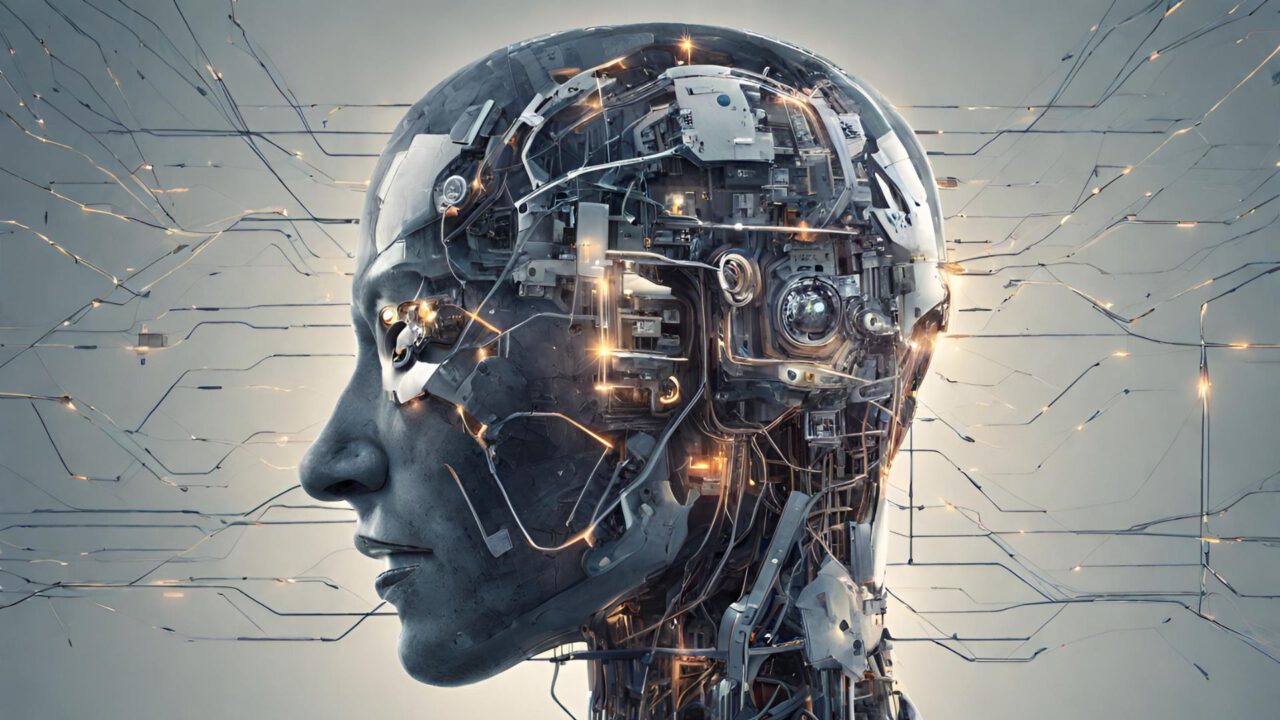There has been an immense rise in artificial intelligence (AI) applications across various industries recently and it is important to study their capabilities and impact. We can broadly recognize three types of artificial intelligence: Narrow or Weak AI (ANI), General AI (AGI), and Artificial Superintelligence (ASI). The purpose of this article is to explore these three types and compare them with each other.
What is Artificial Intelligence?
Let’s briefly review the term “Artificial Intelligence.” AI can be described as a union of machine learning algorithms and complex systems that instruct computers to execute activities that previously required human intelligence.
On the other hand, someone not deeply into tech stuff might think of AI as something more tangible, like a robot, perhaps like a smart robot that can do things on its own.
But if an expert answered the same question, they’d say AI is a list of instructions for computers. These instructions help machines do things without explicit instructions each time.
It’s like teaching a computer to be smart in its way. This smartness shown by machines is what we call Artificial Intelligence.
Just like how we learn from our experiences, AI machines get better at their tasks as they gain more experience. The excitement around AI comes from all the endless possibilities society can achieve by making machines learn and replicate human actions.
It’s no surprise that everyone today wants to be part of AI, either by using it or by making it a career choice.
What are the 3 Types of Artificial Intelligence?
According to the capabilities of AI, they are classified into three categories, which are
- Narrow AI, or Weak AI (ANI)
- General AI, or Strong AI (AGI)
- Artificial Superintelligence (ASI)
Here are the differences between ANI, AGI, and ASI:
- ANI is mainly used to perform specific jobs without learning beyond what it’s meant for.
- AGI is like human intelligence and can do many things at once.
- ASI is smarter than the human mind and can perform any task better.
In the following, we will look into each of those AI types and introduce practical examples.
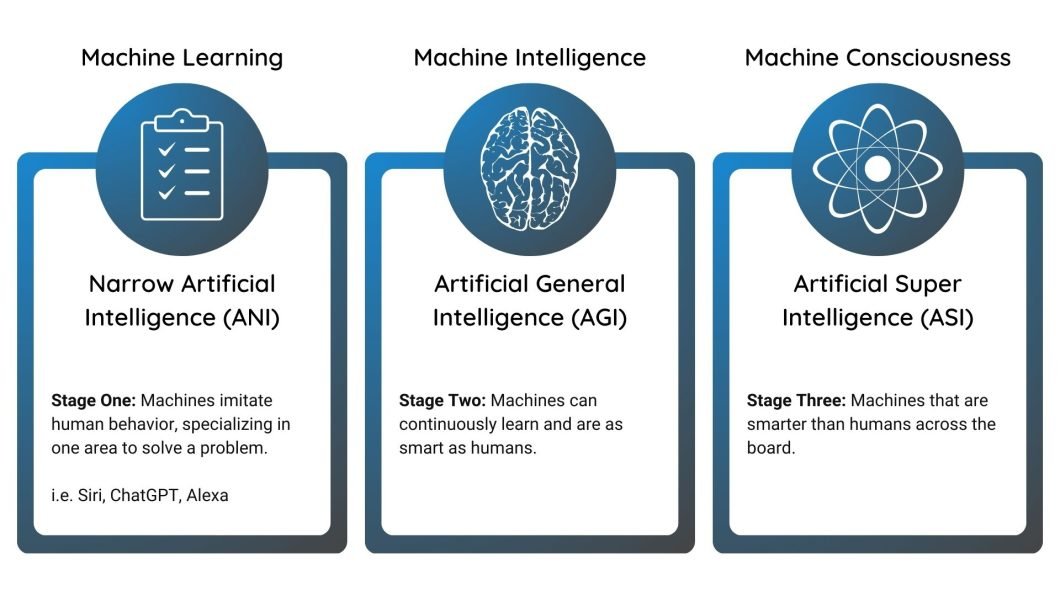
Artificial Narrow Intelligence (ANI)
Artificial Narrow Intelligence, sometimes called weak AI, is a specific type of Artificial Intelligence that focuses on doing tasks following given instructions.
These AI tools are good at handling specific jobs like recognizing images, driving cars autonomously, speech recognition, image recognition, language translation, natural language processing (NLP), and assisting users, as seen with virtual assistants like Siri. We’ve also seen it in Generative AI in tools like ChatGPT, Dall-E, Midjourney, and Stable Diffusion.
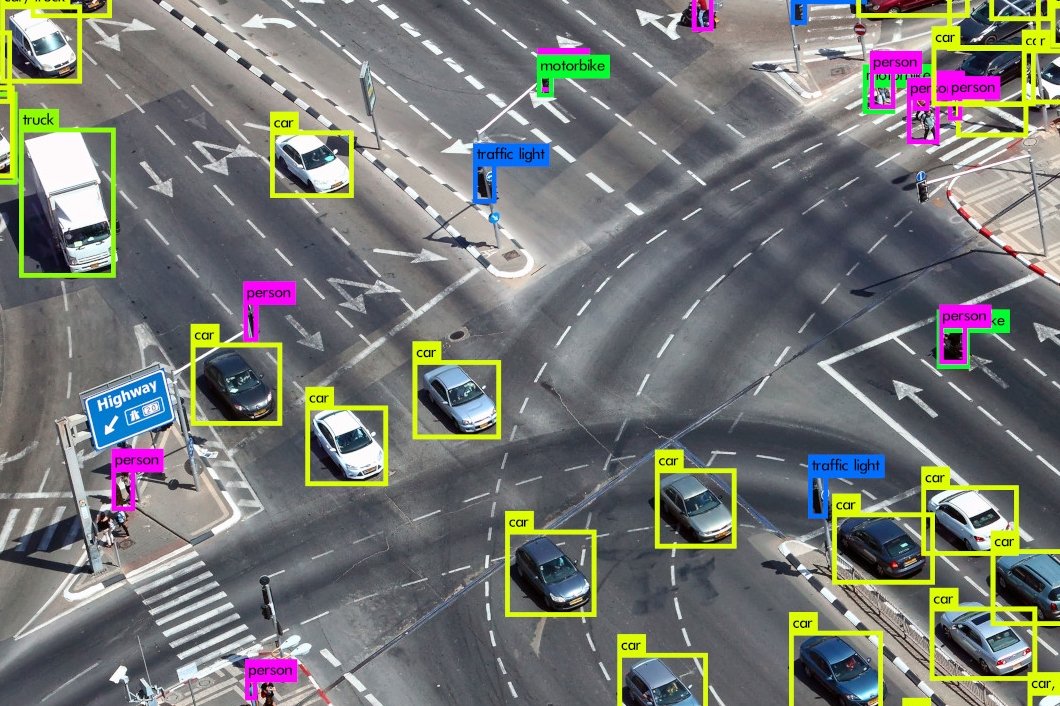
When it comes to the usage of ANI, it operates using machine learning algorithms that are trained on a large amount of data to recognize patterns and make predictions. However, it can only perform the tasks it’s programmed for and can’t generalize beyond its training.
For instance, facial recognition systems can quickly identify individuals, and speech recognition systems can transcribe spoken words accurately. Despite these benefits, ANI cannot reason or understand the task context.
For example, a language translation system can translate words with high accuracy but struggles to grasp the meaning or cultural nuances. Similarly, image recognition systems identify objects but lack an understanding of the context or emotions in the images.

Since ANI has improved in recent years, it has some limitations, such as a lack of flexibility, difficulty understanding context, an inability to learn, and dependence on data.
Even though there are some limitations, ANI plays an important role in various applications that help to solve everyday problems and improve user experiences.
Many people wonder if today’s LLMs blur the lines of ANI and AGI. Being trained on extremely large and complex datasets gives them the appearance of understanding. However, they still rely upon their training data.
This includes reinforcement learning, where agents learn to make decisions and take actions to achieve certain objectives within a defined environment. While reinforcement learning can achieve great results in its tasks, it still lacks deeper cognitive abilities and the freer thinking associated with AGI.
Three examples of well-known ANI tools are AlphaGo, Siri, and ChatGPT.

To learn more, check out our article on artificial narrow intelligence (ANI).
Artificial General Intelligence (AGI)
AGI, also called strong AI, takes the concept of learning a step further. This is when machines can think and understand things like humans. In this type of AI, the computer can learn and solve complex problems just as humans do.
In particular, AGI aims to teach machines to truly understand human emotions, beliefs, and thought processes rather than just imitating them.
While we often categorize current AI technologies as ANI due to their specific task specialization, we regard AGI as the next stage in the evolutionary progression of artificial intelligence. AGI, or strong AI, can perform any type of smart task, just like a human.
Today, many LLMs can already pass the Turing Test, the original indicator of whether AI can think. However, these LLMs are still unable to exist humanely on their own.
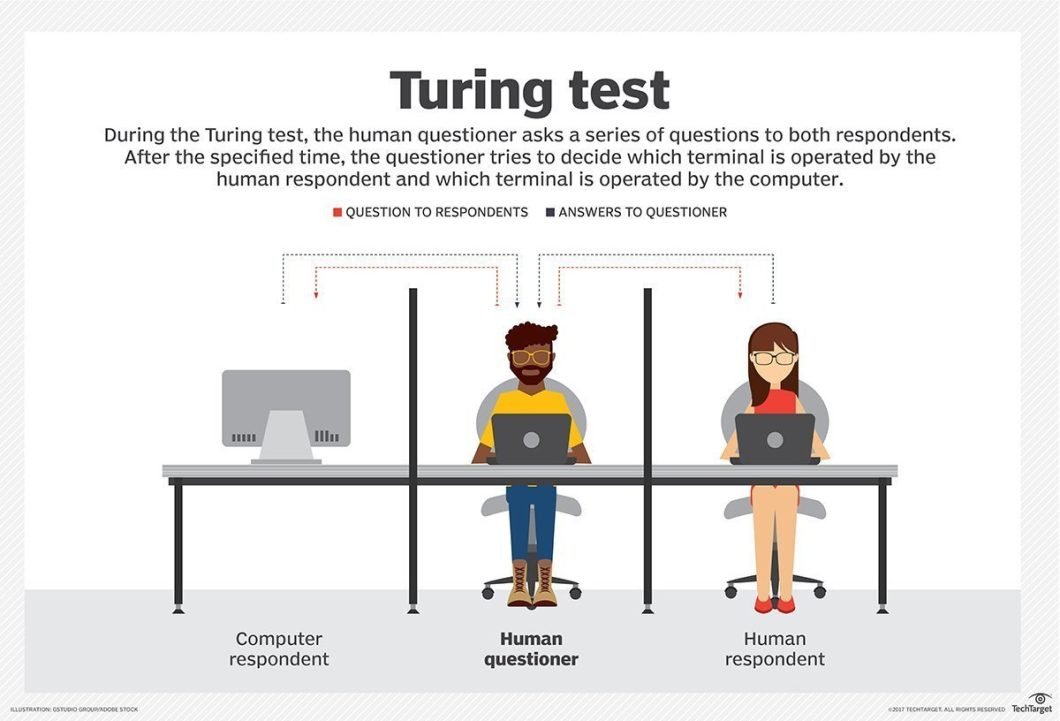
Big tech companies have funneled billions into General AI development, notably with Microsoft’s strong partnership with OpenAI. Other efforts toward AGI include AI researchers at Fujitsu’s K computer and China’s Tianhe-2 supercomputer.
As we haven’t even discovered all of ANI’s potential use cases, we predict AGI to expand the possibilities even more:
- Imagination: the ability to read and comprehend code written by humans, and can further enhance and optimize it.
- Natural Language Understanding: reactive machines that understand human languages in context, not just based on words.
Consider all of the potential use cases for interacting with machines that understand prompts in context to constantly improve. On the other hand, it presents ethical considerations as well as the possibility of employment displacement.
Part of OpenAI’s mission is to prepare for a world with AGI that benefits all of humanity. Additionally, CEO Sam Altman has said that AGI is not too far off in the future…
brace yourselves, agi is coming https://t.co/G1LG5qTYq0
— Steven Heidel (@stevenheidel) December 18, 2023
Artificial Superintelligence (ASI)
Some would consider Super Artificial Intelligence, or ASI, the pinnacle of artificial intelligence. If machines become superintelligent, this can present a challenge to humans in various areas due to their limitless intelligence, meaning that they could solve hard problems and learn way faster than we do.
Day by day, researchers are working on making super-intelligent machines, but the challenge persists as an imposing task. There’s a kind of AI called artificial general intelligence that scientists are trying to achieve first. AGI is like a stepping stone to ASI. Even though we have cool things like IBM’s Watson and Apple’s Siri, machines are still nowhere near as smart as us.
For instance, scientists dream about creating ASI, because of its amazing capabilities. These capabilities include addressing major issues such as climate change, diseases, and poverty. But, the development of ASI also brings up big questions about ethics: should machines be as smart as us, or even smarter?
Some experts are concerned about ASI. They worry that once it’s created, it might be tough to control. It could keep getting smarter and change things very quickly. However, if managed properly, ASI could be highly useful. It might speed up progress in other technology sectors, space research, medicine, and more.
Some people think it could lead to something called technological singularity, where machines become super powerful and quickly change everything. In simple terms, ASI is seen as science fiction. Even though it’s not here yet, the idea of it is both exciting and a bit scary.
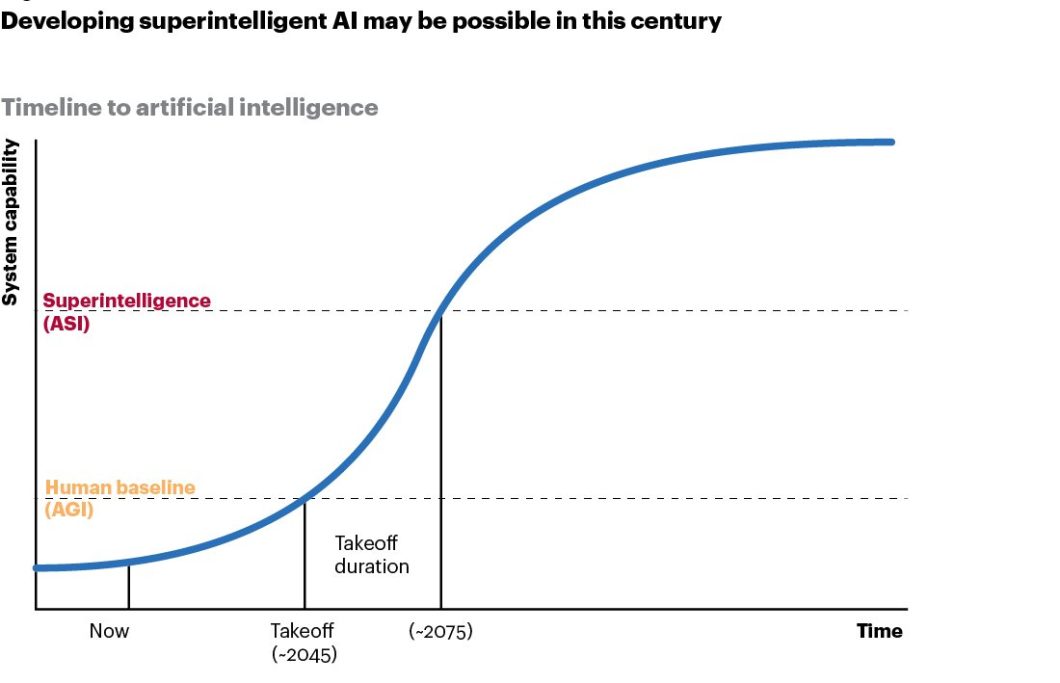
Comparative Analysis of AI Types
Artificial Intelligence refers to smart machines that can gain understanding from prior experiences and do tasks like humans, but faster. Currently, ANI is task-specialized, but we foresee a growing interest in applied AI for a wider range of tasks and maximizing human intelligence. All types of AI can do things like predict, learn, make choices, and copy human-like intelligence. Here, the similarities of the 3 kinds of AI have been analyzed through the following facts.
- Capability to Forecast and Adapt: Each of the three types of AI categories utilizes algorithms to identify patterns in data, leveraging these patterns to understand and address specific tasks. The analyzed data helps make predictions, showcasing a shared capability among ANI, AGI, and ASI.
- Ability to Make Decisions: Presently, ANI relies on programmed data for decision-making, but the future holds the potential for broader decision-making capabilities with the emergence of AGI and ASI. Notably, AGI and ASI exhibit superior speed compared to human decision-making processes.
- Replicate Human Intelligence: All kinds of artificial intelligence replicate human intelligence to address and solve problems, understand tasks, respond appropriately, and draw inferences akin to human thinking. We expect this mimicry to progress even more as more advanced iterations of AGI and ASI are developed.
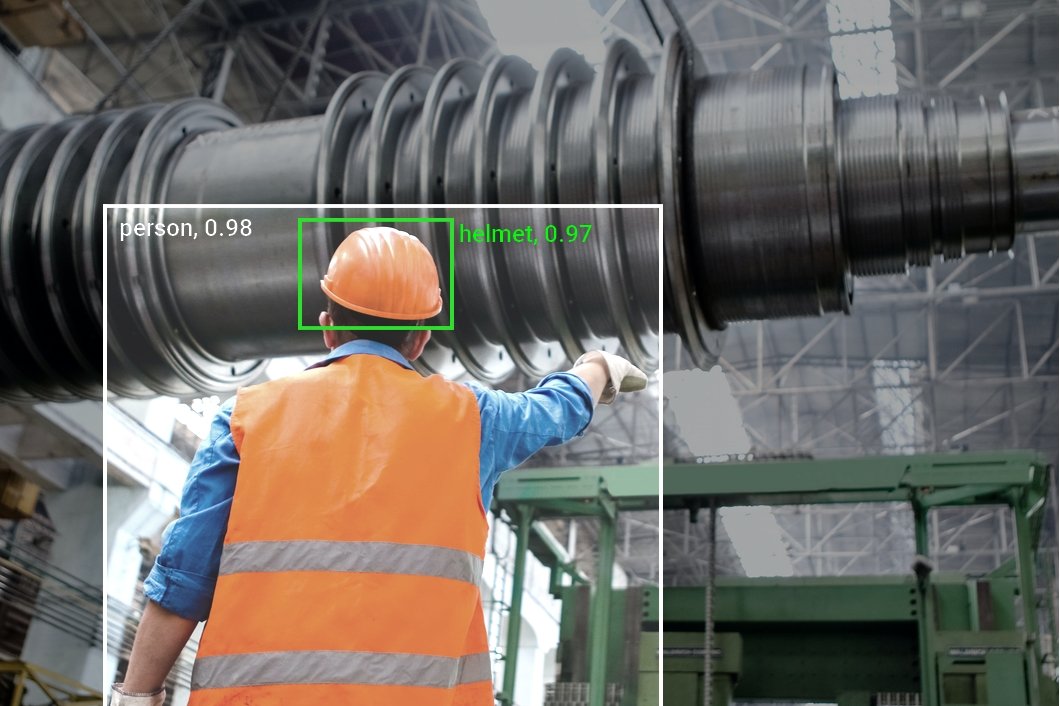
Differences Between Narrow AI, General AI, and Super AI
While ANI is already part of our daily life, we’re not quite here with AGI, and ASI is not yet even a blip on the horizon. Despite commonalities, significant distinctions exist among these three categories.
Overall, ANI concentrates on a specific task and is limited in solving unfamiliar problems. In contrast, AGI exhibits human-like cognitive capabilities, enabling it to handle a broad range of tasks, while ASI surpasses human intelligence.
When it comes to the AI model, ANI depends on pre-defined behavior models. AGI acquires knowledge from its environment and autonomously responds, while ASI attains self-awareness through independent learning.
Regarding data processing, ANI processes data through machine learning, natural language processing, deep learning, and artificial neural networks. AGI employs enhanced iterations of these technologies, while ASI may draw inspiration from the human brain to interpret emotions and experiences.
As AI becomes a part of our daily lives, it’s important to know the differences between the types: ANI is what we have now, with specific use cases. AGI and ASI hold promises and challenges for tomorrow. Each type of AI has special features that will influence technology in the future.
Concerns as AI Progresses
The rapid rate of AI’s growth and progress is some cause for alarm. A typical concern is the propensity for AI to be programmed to do something harmful, which could cause significant societal impacts.
Additionally, AI-based systems could be programmed to do good, but find a dangerous way to do so. For example, if you tell an intelligent car to get somewhere as fast as possible, it might not follow safety or rules, causing trouble. While teaching some rules is possible, teaching morals or intuition quickly leads to ethical and legal questions.
The danger with AI isn’t necessarily that it wants to harm us, but it might do things we didn’t expect because it’s so good at reaching goals. We must be careful and ensure AI’s goals match ours if we want to stay in control.
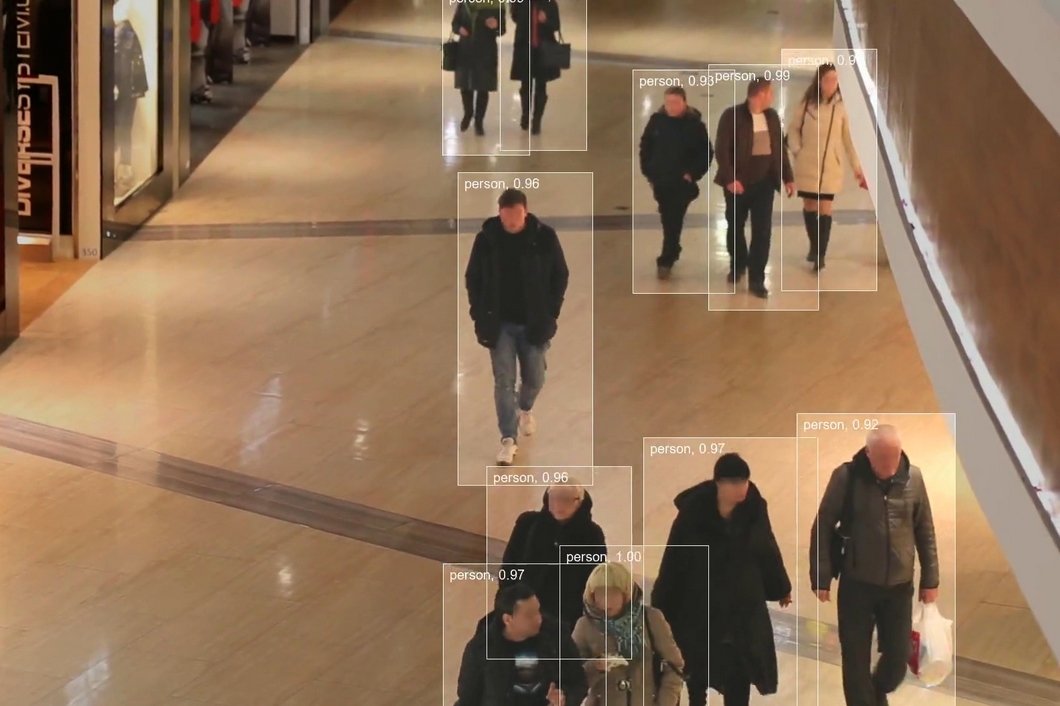
Types of Artificial Intelligence in Everyday Life
The three types of artificial intelligence: Narrow AI (ANI), General AI (AGI), and Artificial Superintelligence (ASI), guide the evolution of new technology. ANI excels in specific tasks. AGI mirrors human cognition. On the other hand, ASI holds a futuristic promise.
While ANI faces limitations in flexibility, AGI envisions adaptable machines. The potential of Artificial Superintelligence sparks inspiration among researchers but also raises concerns about control. As ANI reaches its peak, the emergence of General and ASI brings exciting possibilities and challenges. Understanding these AI types is important as they increasingly become vital to our lives.
So, do you think that we have achieved AGI? Do you think it is far off in the future? And, do you think it is even possible?
